Few rituals encapsulate the convergence of faith, history, and cultural identity as poignantly as the annual replacement of the Kiswa, the ceremonial black silk covering of the Kaaba. Taking place on the Day of Arafah, during the Hajj pilgrimage in Dhul Hijjah, the event exemplifies the meticulous balance between tradition and modernity that defines contemporary Saudi Arabia.
The practice of covering the Kaaba predates Islam, with pre-Islamic Arabian tribes offering cloths as gestures of reverence. After the advent of Islam, the Prophet Muhammad formalised the tradition by introducing a black covering, signifying the sanctity of the Kaaba as the holiest site in Islam. Today’s Kiswa, a monumental expanse of silk measuring 14 metres in height and 47 metres in width, is adorned with Qur’anic verses embroidered in gold and silver thread. These inscriptions reference themes of pilgrimage, devotion, and the completion of faith, rendering the Kaaba not just a place of worship but a visual embodiment of spiritual continuity.
The creation of the Kiswa is a year-round undertaking. At the Kiswa Factory in Mecca, established in 1926 by King Abdulaziz Al Saud, more than 200 skilled artisans dedicate themselves to its production. From weaving and dyeing to embroidery and finishing, the process reflects both craftsmanship and reverence. For centuries, Muslim powers such as the Egyptian dynasties assumed responsibility for the Kiswa, drawing on Cairo’s storied textile heritage. When Saudi Arabia took over this role, it marked not only a shift in logistics but a symbolic consolidation of religious custodianship, closely tied to the Kingdom’s broader narrative as guardian of the Two Holy Mosques.
The replacement ceremonyt s conducted with precision. On the 9th of Dhul Hijjah—coinciding with the Day of Arafah, when the Prophet delivered his final sermon—technicians carefully remove the old Kiswa and drape the new one. In the days preceding, the Kaaba is partially uncovered, mirroring the humility of pilgrims in a state of ihram. The retired Kiswa is then respectfully cut into pieces and distributed to dignitaries and institutions, allowing its spiritual resonance to be shared beyond the sanctuary itself.
The production of the Kiswa, costing millions of riyals annually, reflects more than tradition. It is a statement of national identity—affirming Saudi Arabia’s commitment to safeguarding Islamic heritage while embracing technological advancement. Modern machinery assists in the process, yet the essential craftsmanship remains intact. In an era of digital transformation, the continued renewal of the Kiswa serves as a reminder: progress need not come at the expense of meaning.
For millions of Muslims worldwide, witnessing the Kaaba adorned in the Kiswa is a moment of profound spiritual unity. For Saudi Arabia, it is both a religious obligation and a national affirmation—an emblem of its role as custodian of Islamic tradition in a world that continues to evolve.
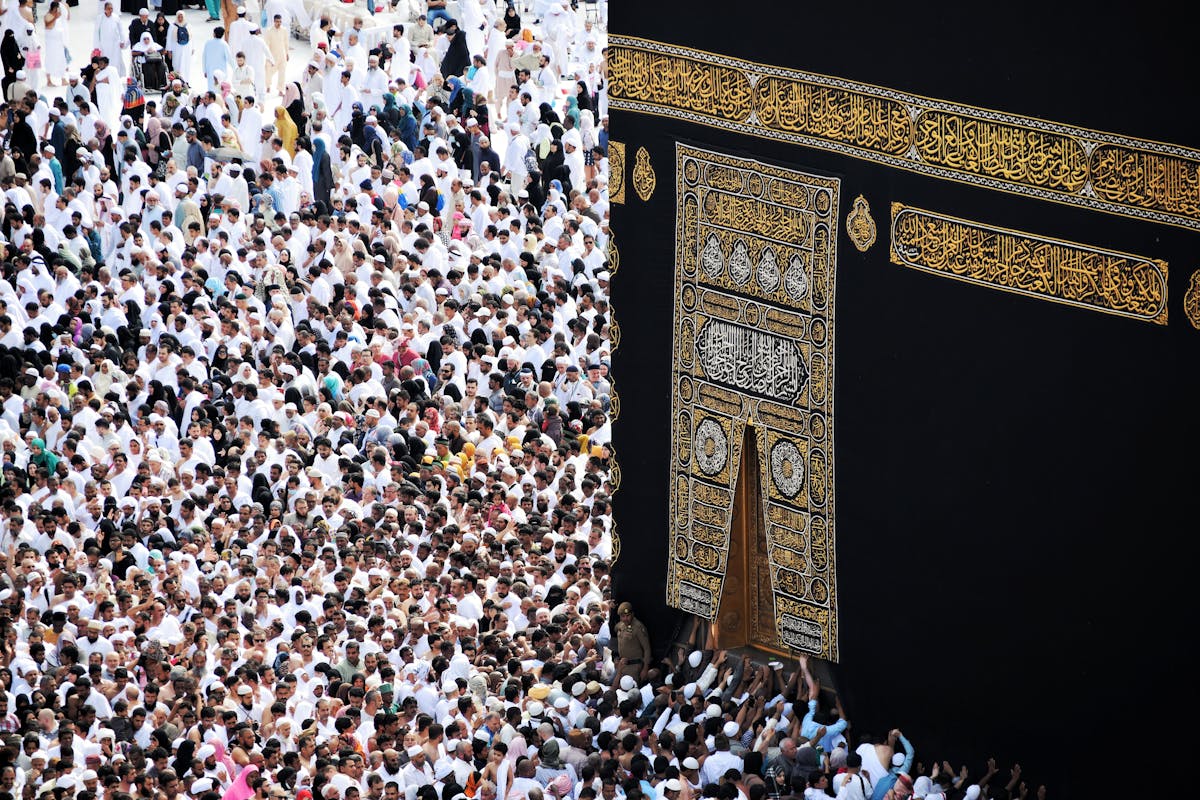
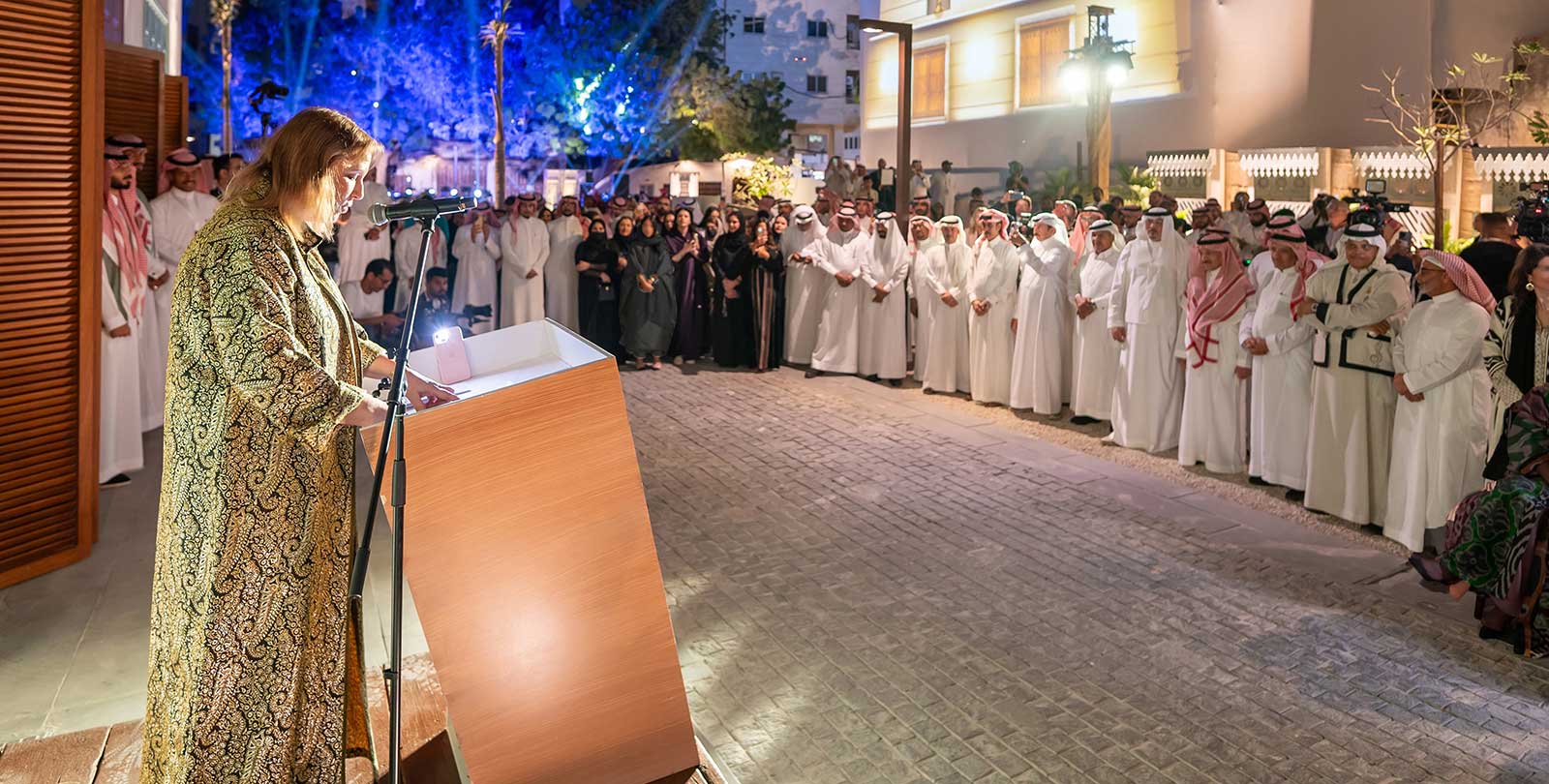
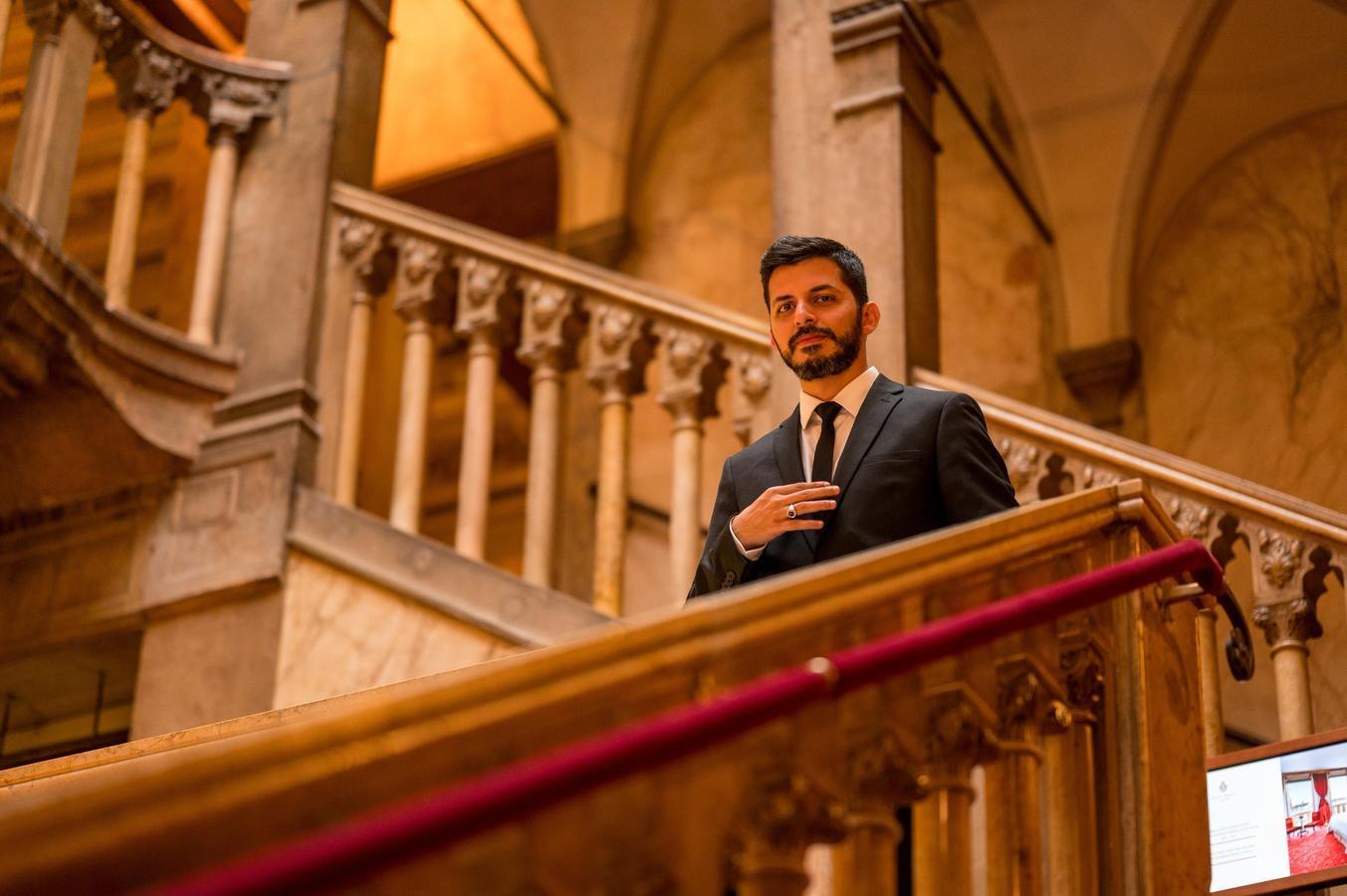

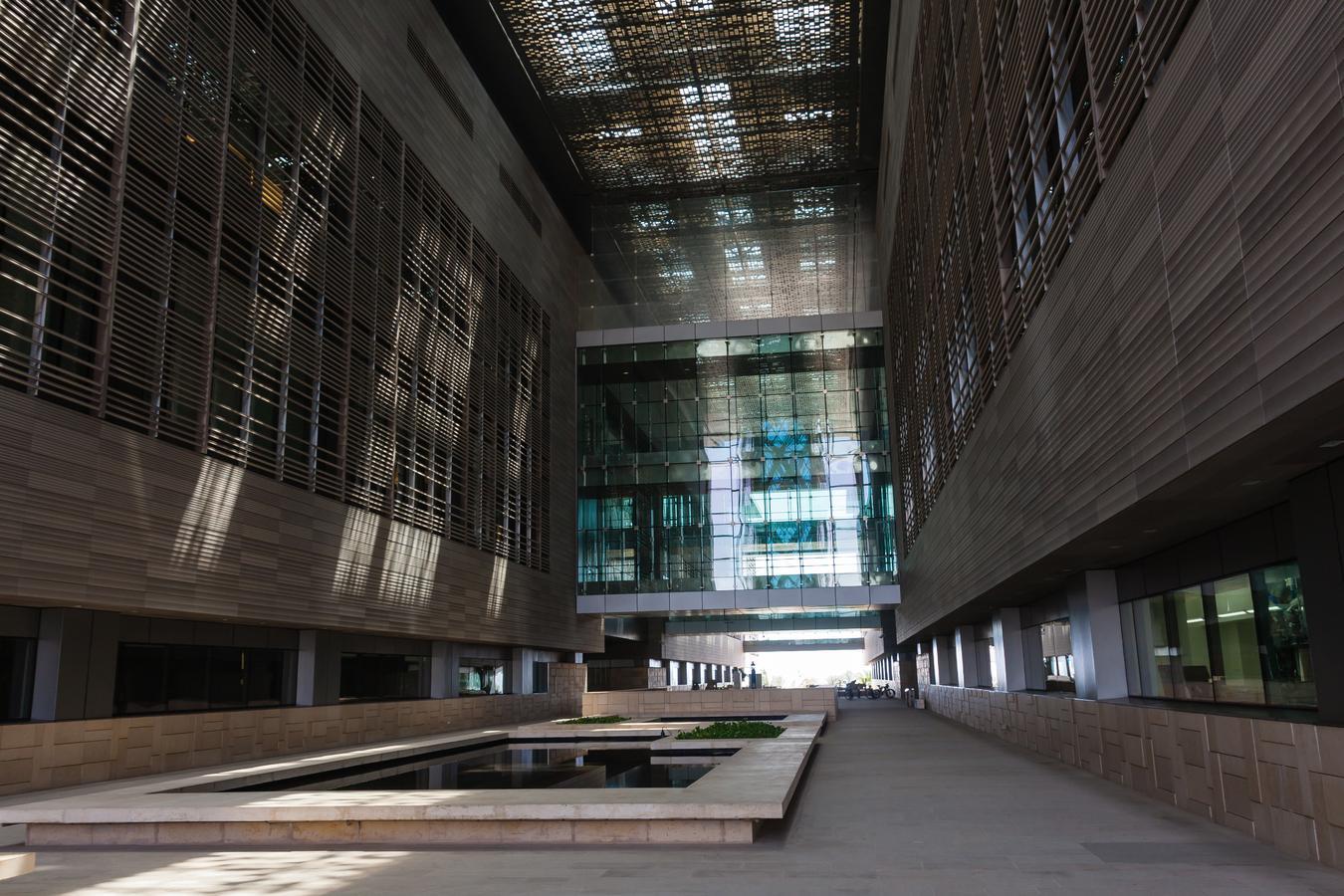

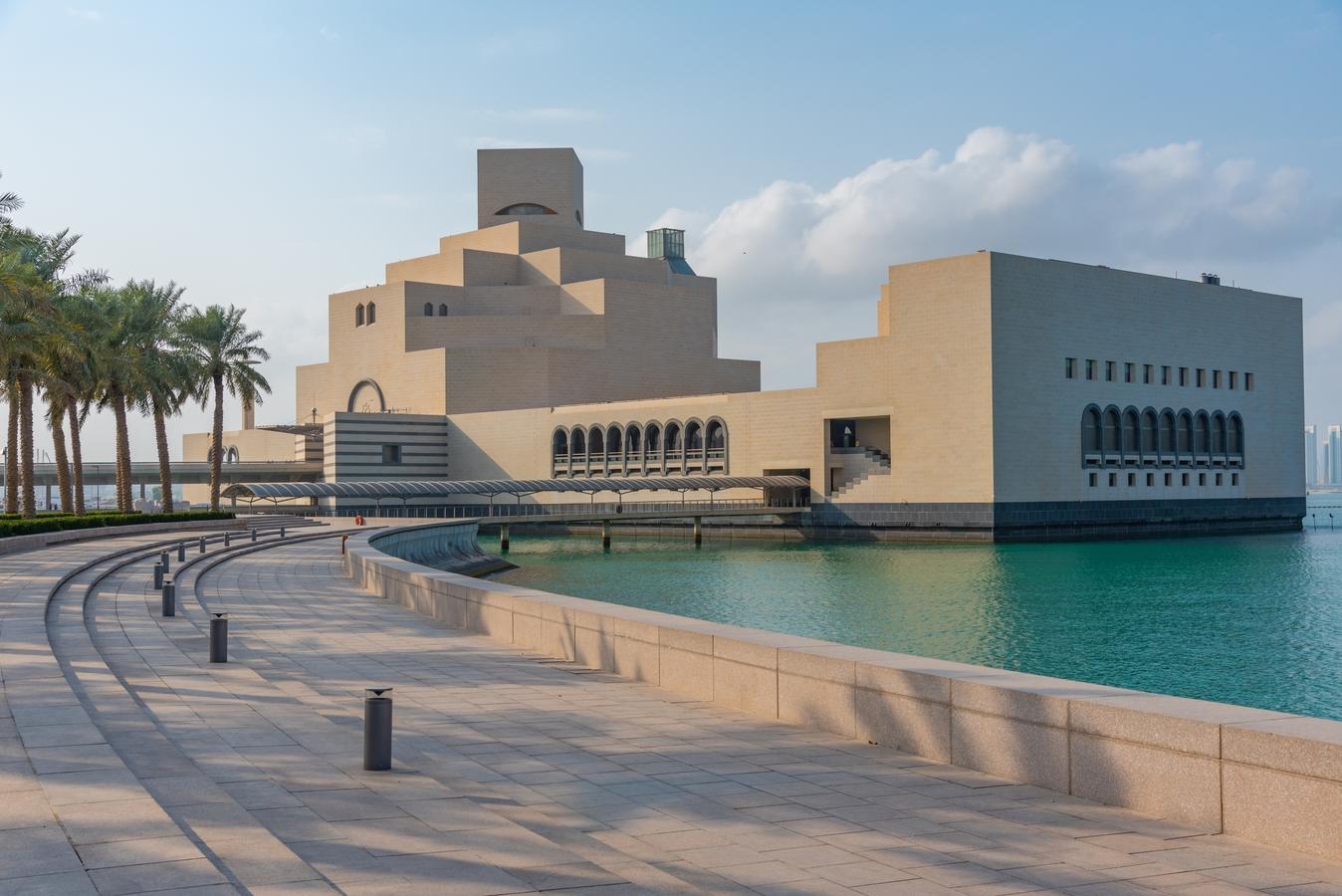
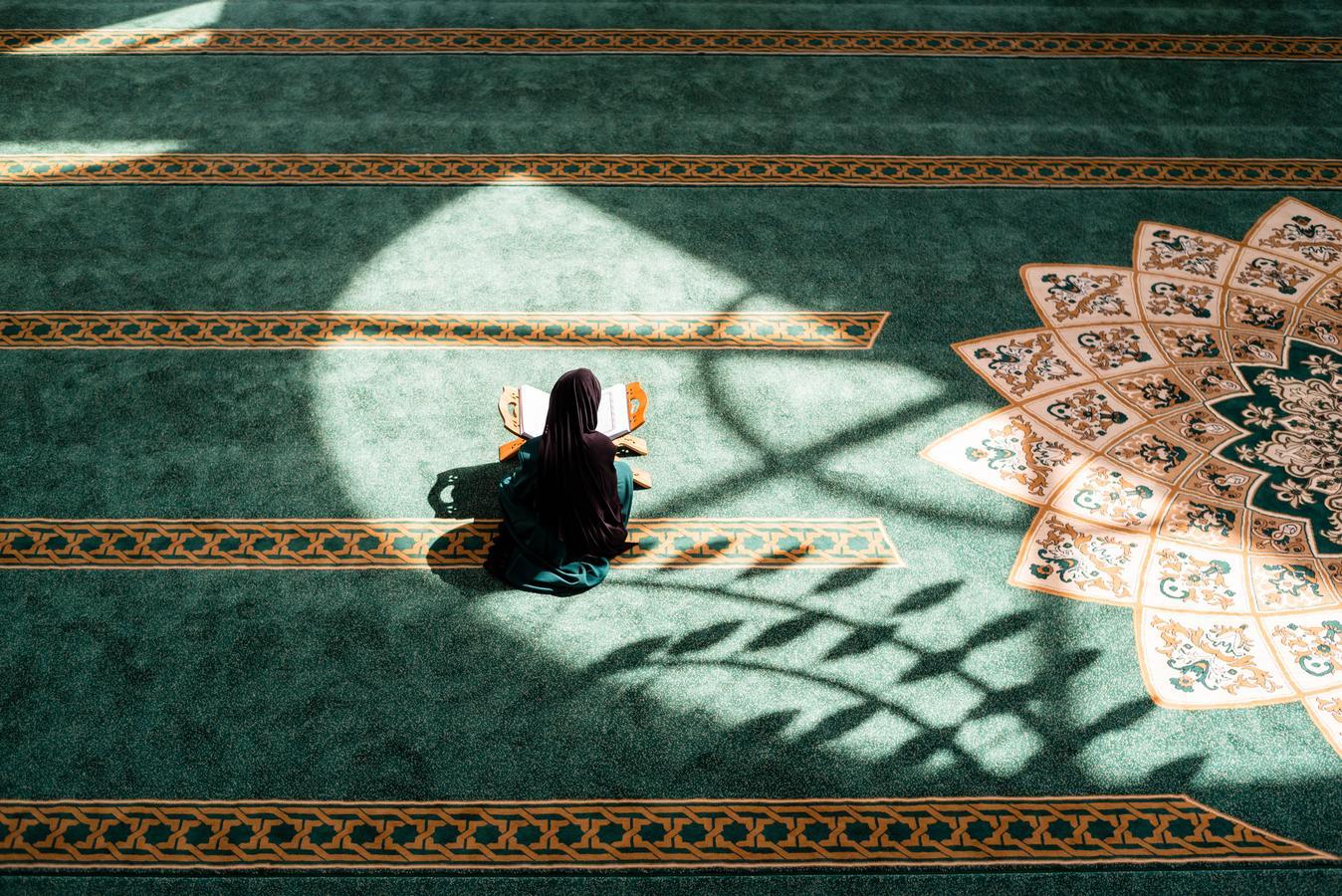

0 Comments
No comments yet. Be the first to comment!